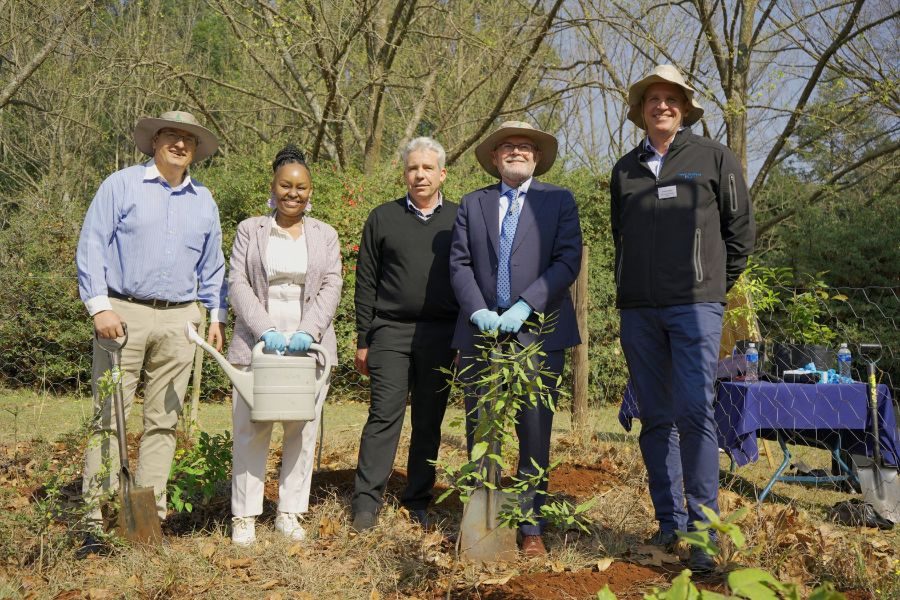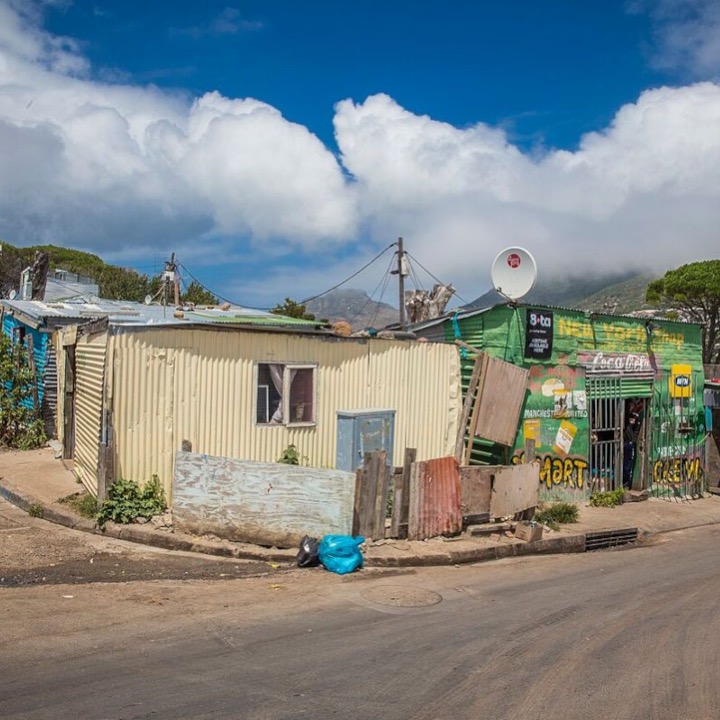Sappi is marking Arbor Month by highlighting work that runs year-round to protect and restore indigenous forests on its land. About 7% of Sappi’s holdings comprise biodiverse forest patches that support wildlife and rare plants. In 2024 the company partnered with The Biodiversity Company to assess these areas—including 28 patches within 156 Important Conservation Areas—and to update management plans for staff. Practical steps range from new wildlife-crossing signs at Clan plantation to targeted invasive-alien clearing.
Conservation is tied to livelihoods. Sappi reports 266,375 person-days of restoration work in the last financial year, with portions delivered by emerging enterprises in its Enterprise Supplier Development programme. The company also invests in research to reintroduce overharvested species vital to traditional medicine, a sector serving millions of South Africans.
Through its Rare, Threatened and Endangered Species programme (running since 2014), Sappi has propagated Warburgia salutaris and added Ocotea bullata, Prunus africana and Curtisia dentata. Early trials show over 70% rooting success for Prunus and Curtisia. Ocotea’s slow growth has prompted a seed-based approach, with a genetically diverse orchard being established from wild-sourced material. Further species under consideration include Cryptocarya woodii and Cryptocarya latifolia.
Arbor Week activities included a visit to Sappi’s KwaZulu-Natal operations by Minister Dion George, with PAMSA and Forestry SA. At the Shaw Research Centre, the delegation viewed a Miyawaki-style arboretum planted in 2024—dense clusters of indigenous trees designed to accelerate growth and biodiversity in compact spaces—and ceremonially planted six indigenous species on 2 September.
Sappi says its goal is clear: apply leading science, restore at-risk species, and manage indigenous forests so ecosystems and the communities that depend on them can thrive.




